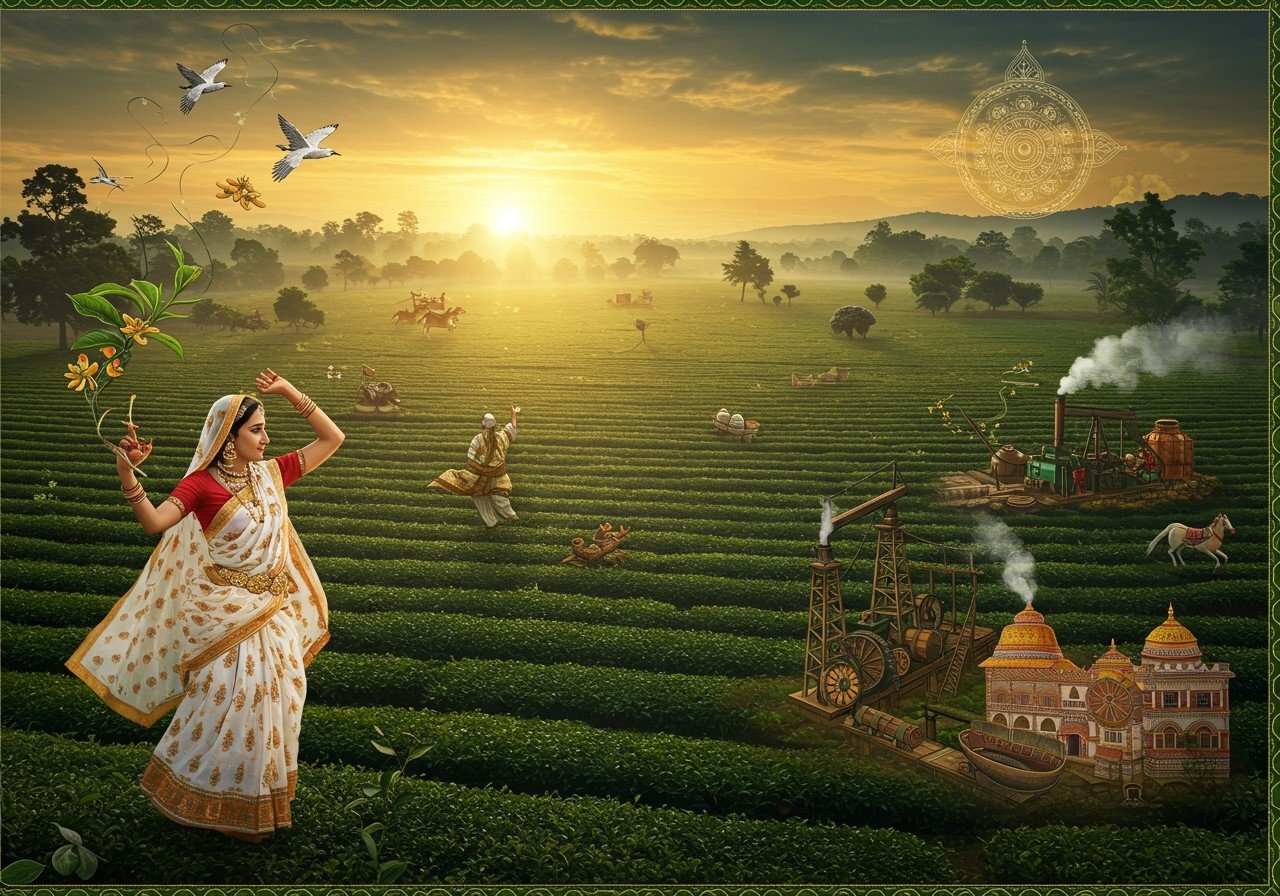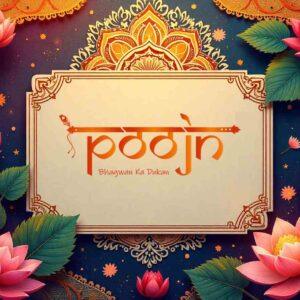
Nestled in the heart of Assam, Tinsukia is more than just a district; it’s a vibrant tapestry woven with threads of history, culture, and tradition. From its ancient roots as Bengmara to its modern-day significance, Tinsukia offers a captivating glimpse into Assam’s rich heritage. Join us as we embark on a journey to uncover the historical evolution and cultural nuances that define this remarkable region.
A Walk Through Time: Tinsukia’s Historical Significance
Tinsukia’s story begins in the annals of time, under the name of ‘Bengmara,’ a moniker that whispers tales of a bygone era. The transition from Bengmara to Tinsukia itself reflects a pivotal moment in its history. The mighty Ahom dynasty, with its indelible mark on Assam, played a crucial role in shaping the region’s destiny. Later, the influence of British colonization further cemented Tinsukia’s position as a prominent hub in Assam. From a bustling center of trade, Tinsukia blossomed into a vital administrative center, its growth intertwined with the rise of the Assam Oil Company, a catalyst for economic progress and modernization. Archaeological discoveries within the region offer fascinating glimpses into its ancient past, unveiling layers of history that continue to resonate today. For a deeper dive into the region’s history, check out this blog post about Dhekiakhowa Bornamghar’s journey through time.
The Cultural Kaleidoscope: Tinsukia’s Vibrant Traditions
Tinsukia is a melting pot of cultures, where languages, traditions, and festivals intermingle to create a rich and diverse tapestry. Assamese, the language of the heart, serves as the primary medium of communication, preserving and passing down generations of cultural narratives. This land is home to a mosaic of communities – the Ahoms, Tea tribes, Moran, Muttock, and Singpho – each contributing their unique colours to the cultural landscape.
- Festivals of Joy and Devotion: Bihu, the heartbeat of Assam, is celebrated with infectious enthusiasm, its vibrant colours and spirited dances painting the town in merriment. Durga Puja unites families and communities in joyous celebration, while indigenous festivals like Ali-aye-Ligang of the Mishing community and Rongali Bihu of the Ahoms showcase the beauty of time-honored traditions. The Singhpo tribe’s Shapawang Yawng Manau Poi, a captivating dance festival celebrated every February 14th, is a testament to their cultural richness. Tuluni, a significant festival of the Semi Naga tribe, adds another layer to Tinsukia’s vibrant festive calendar. You can find more about Assam’s sacred sites and spiritual journeys in this insightful blog post.
- Music and Dance: Expressions of the Soul: Traditional Assamese music, played on instruments like the resonant dhol, the lively pepa, and the rhythmic taal, forms an integral part of the region’s celebrations. The energetic Bihu dance, a vibrant expression of folk culture, captures the essence of life and community.
- A Culinary Delight: Assamese cuisine tantalizes the taste buds with its unique flavors. From the tangy Maasor tenga (sour fish curry) to the comforting aloo pitika (potato mash), and from the flavorful khar to the aromatic murgir manxor jool (chicken curry), every dish tells a story of culinary heritage. The gracious offering of paan and betel nut symbolizes respect and hospitality, a gesture deeply ingrained in Assamese culture.
- Arts and Crafts: Preserving Heritage: Tinsukia is a treasure trove of traditional arts and crafts. Intricate masks (Mukhas), crafted from bamboo, wood, and terracotta, play a significant role in theatrical performances and bhaonas. Assamese paintings capture the essence of local life and traditions. The elegant Mekhela-chador (traditional Assamese sari) and the versatile gamosa (traditional towel) are cherished handloom treasures. Exquisite silk items, woven from Pat silk and Muga silk, showcase the artistry of local weavers. Cane and bamboo crafts, used to create everything from furniture and household items to musical instruments, reflect the ingenuity and resourcefulness of Tinsukia’s artisans.
Tinsukia’s Literary Legacy: Echoes in Literature and Folklore
Tinsukia’s cultural richness resonates through the verses of Assamese literature and the narratives of folklore. The region’s landscapes, history, and traditions find expression in captivating stories and poems. Celebrated Assamese authors and poets have immortalized Tinsukia’s contributions to literary heritage. Local literary festivals provide platforms to share and celebrate these stories, keeping the cultural flame burning bright. In today’s digital age, these tales find new life and wider reach through online platforms, ensuring that Tinsukia’s literary legacy continues to inspire generations to come. Discover more about the Dhekiakhowa Bornamghar, Assam’s spiritual heart, and its significance in this insightful blog post.
Living Traditions: Rituals and Practices
In Tinsukia, traditional practices are the bedrock of community and cultural preservation. Many rituals are deeply connected to the agricultural cycles, reflecting the strong bond between the people and their land. Religious institutions play a vital role in upholding these customs, providing spaces for spiritual reflection and community gatherings. While modernization poses challenges to some traditions, many continue to flourish. Traditional healers, the keepers of ancient wisdom, pass down their knowledge through generations, ensuring the continuity of age-old practices.
The Economic Tapestry: Influence on Culture
Tinsukia’s economic activities, particularly tea cultivation and oil production, have profoundly shaped its cultural landscape. Trade and commerce have fostered interactions with diverse communities, enriching the local culture through exchange and understanding. The prosperity generated by these industries has supported cultural development, enabling the preservation of traditions and the flourishing of artistic expression. Globalization presents both opportunities and challenges for Tinsukia’s traditional economic practices. Local markets continue to play a crucial role in sustaining crafts and supporting the cultural economy. Striking a balance between economic growth and cultural preservation requires careful planning and community engagement.
Poojn.in: Honouring Tinsukia’s Spiritual Heritage
At poojn.in, we understand the deep significance of religious traditions in Tinsukia’s cultural fabric. We are proud to support the preservation and practice of these traditions by offering a wide selection of authentic puja items and ritual materials. For the Assamese community in Tinsukia, we provide essential items like Kusha Pat (কুশ পত)/Darbha grass, indispensable for various religious ceremonies. Our convenient online platform brings the sacred to your doorstep, ensuring you have access to all the necessary materials for your puja rituals, even if they are difficult to source locally in Tinsukia. Whether you seek pure copper items for daily puja, traditional bell metal utensils, authentic dhoop and incense, puja thalis and accessories, or other ritual essentials, we are committed to delivering quality and authenticity right to your doorstep. Visit our website at www.poojn.in, call us at 03369029784, or WhatsApp us at 9476142738 to place your orders. We offer speedy delivery across Tinsukia, bringing the sanctity of tradition to your home with ease and convenience.
Tinsukia: A Timeless Spirit
Tinsukia, with its vibrant cultural tapestry and deep-rooted history, stands as a symbol of tradition and progress. The district’s unique blend of diverse communities, colourful festivals, and age-old practices narrates a story of unity and resilience. Even as Tinsukia embraces the currents of modernity, its cultural heart beats strong, weaving the past and the present into a harmonious whole. By cherishing its traditions and welcoming new opportunities, Tinsukia exemplifies how culture can thrive in the midst of change. As we honour Tinsukia’s legacy, we draw inspiration from its timeless spirit, a reminder of the profound beauty that lies in preserving and celebrating our roots.
FAQs: Delving Deeper into Tinsukia’s Story
What was Tinsukia formerly known as? Tinsukia was originally known as Bengmara, a name that holds within it the seeds of its rich history. The transformation from a quaint village to the bustling town it is today is a story worth exploring.
Which language resonates most commonly in Tinsukia? Assamese, the language of the heartland, is the most commonly spoken language in Tinsukia, reflecting the region’s deep-seated cultural identity.
How does Tinsukia’s past shape its present cultural identity? Tinsukia’s history as a vibrant trade hub, coupled with the contributions of its diverse communities, has woven the rich cultural tapestry that defines its festivals, traditions, and way of life. It’s a story of confluence and shared heritage.
Which traditional festivals paint Tinsukia’s cultural calendar? Bihu, a festival deeply intertwined with Assam’s agricultural heritage, stands out as the main celebration in Tinsukia, a testament to its cultural vibrancy. Other festivals add their own unique colours to this festive tapestry.
What makes Tinsukia a significant landmark in Assam’s history? Tinsukia’s historical importance is etched in its role as a pivotal trade center and its close connection to the tea industry, a defining aspect of Assam’s identity.
What sets Tinsukia apart from other Assamese towns? Tinsukia’s unique blend of history, culture, and community spirit, combined with its role as a gateway to Assam’s breathtaking natural beauty, makes it a destination unlike any other. Explore Dhekiakhowa Bornamghar rituals and practices to understand Tinsukia better.
How can visitors immerse themselves in Tinsukia’s cultural richness? Exploring traditional markets, savouring local delicacies, and attending cultural events that showcase Assamese heritage are wonderful ways to experience Tinsukia’s vibrant culture.
How is Tinsukia represented in the Assamese language? In Assamese, Tinsukia is written as তিনিচুকীয়া (Tinisukiyā), a beautiful script that reflects the region’s linguistic heritage.


